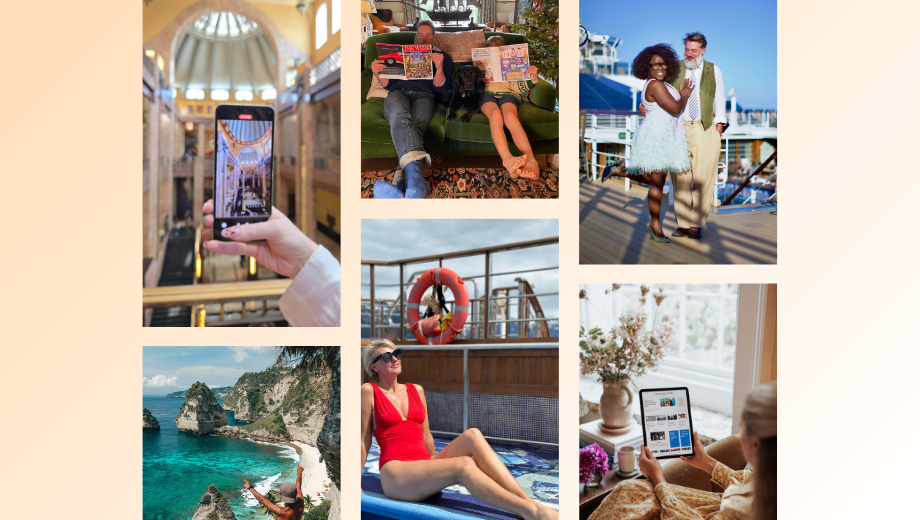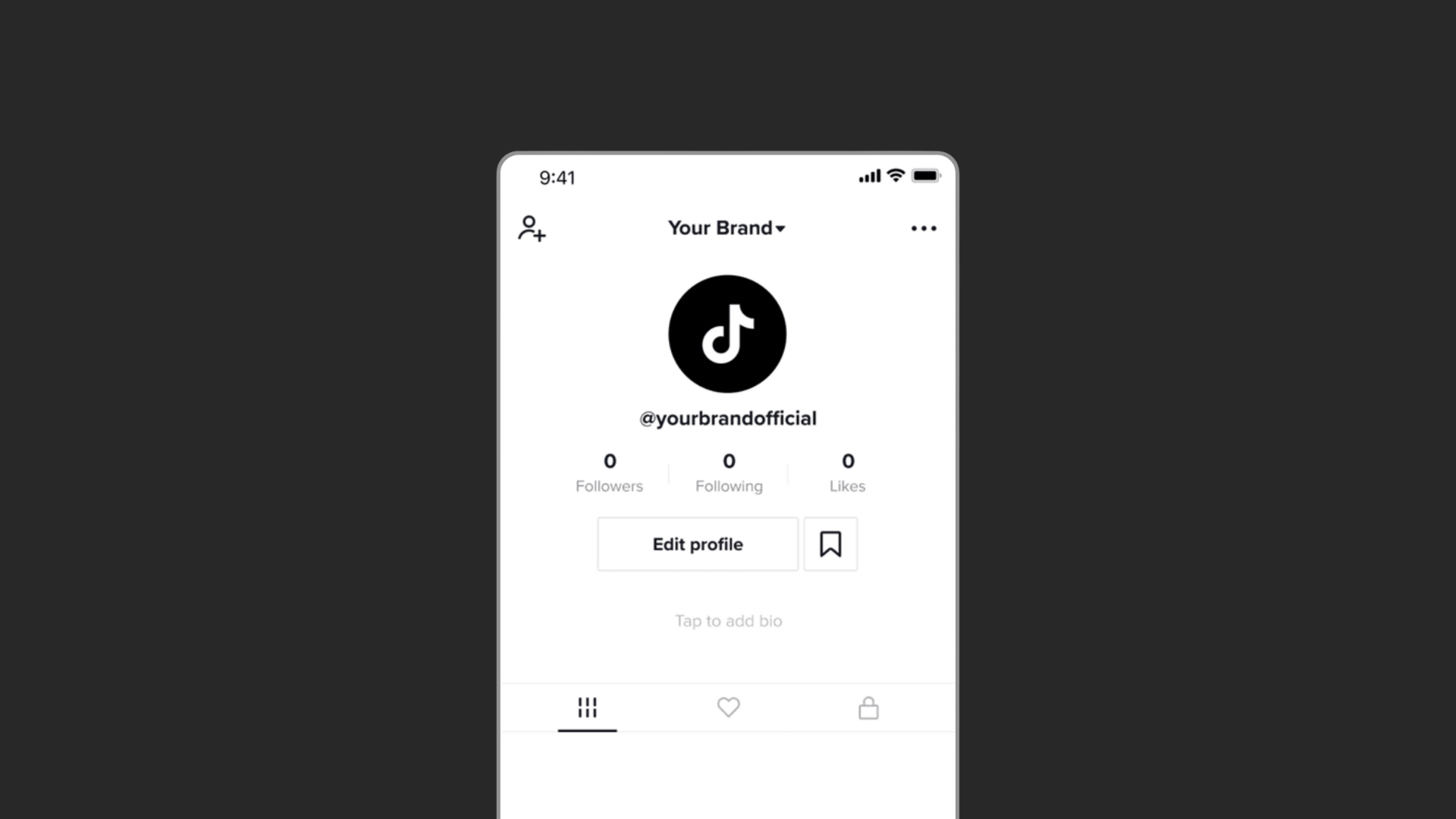2025 Influencer Marketing Trends: How to Build Authentic, High-Impact Campaigns

Welcome to 2025: Influence Just Got Smarter (and More Essential)
Influencer marketing is not just growing - it is booming. What started as #ad posts and celebrity endorsements has evolved into a £32.55 billion industry powering brand strategy across every stage of the funnel. In fact, influencer marketing in the US is growing over three times faster than traditional social ad spend, turning it into a must-have channel rather than just a nice-to-have.
People trust people. And that is exactly why creators are now front and centre when it comes to how consumers discover, connect with, and buy from brands. This guide, based on data from Traackr’s 2025 US Influencer Marketing Impact Report, explores how influencer marketing is changing - and what brands need to do to keep up.
Influencer Marketing in 2025: Key Trends
It is Where the Budget is Going
Influencer marketing has become a core marketing channel. It now works hand-in-hand with paid, owned and earned media to drive everything from ecommerce to brand storytelling. Creators are no longer an add-on - they are an essential part of the mix.
Why This Shift is Happening
Traditional advertising is losing its edge. Consumers are craving authentic, relatable recommendations from real people, not polished campaigns. Platforms that support creator-driven content - like YouTube and Instagram - are thriving, and individual creators are becoming powerful media channels in their own right.
For brands, this means treating creators not just as collaborators but as strategic partners, with their own audiences, unique styles and influence.
Where Influence Lives: The Top Platforms for 2025
YouTube Remains the Leader
YouTube is still the number one platform for both Gen Z and Millennial audiences. With long-form video gaining traction again, YouTube’s vast content ecosystem makes it ideal for everything from education to entertainment.
Other Platform Shifts
- Instagram has climbed to the second spot, driven by Reels
- Facebook is back in third place
- TikTok has slipped to fourth, showing signs of plateauing
- Snapchat has entered the top five, replacing X (formerly Twitter)
Consumers Will Follow Creators to New Platforms
61% of people say they would try a new platform if a trusted creator is posting there. That is up 8% from last year, showing how much creators influence where audiences go next.
What Type of Content Works Best in 2025
Long-Form Video is Back
While short-form video still dominates, consumers are increasingly engaging with longer videos and livestreams. These formats allow creators to tell deeper stories, build stronger connections and add more value.
The Rise of "Edutainment"
- Humorous content is still number one, but educational content is now the second most popular
- Audiences, especially Millennials, are looking for content that teaches as well as entertains
CeraVe is a great example, using creators like Brandon Cohen and Joe Ando to share skincare knowledge with humour and relatability.
Social Commerce: Turning Scrolls into Sales
Shopping Directly Through Social is the New Normal
Influencers are no longer just raising awareness - they are driving purchases. Consumers are using social media to discover, research and buy products.
Research vs Purchase: Platform Preferences Differ
- YouTube is the top platform for research, thanks to detailed reviews and demonstrations
- Facebook and TikTok are leading platforms for actual purchases
Different platforms serve different stages of the buying journey, so a one-size-fits-all strategy does not work. Brands need tailored content for each touchpoint.
Visuals Drive Sales
While people use Reddit and YouTube to gather information, they convert on visual platforms like Pinterest, Instagram and TikTok. High-quality images and easy-to-use shop features matter.
What People Are Buying
Top social commerce categories:
- Fashion
- Beauty and personal care
- Home goods
- Electronics
- Health and wellness
Men are more likely to buy electronics, while Gen Z consumers lead purchases in beauty and fashion.
Brand Highlight: Benefit Cosmetics
Benefit’s exclusive TikTok Shop launch of Fan Fest Mascara, followed by an influencer HQ event, is a standout example of immersive social commerce that drove real results.
Trust and Transparency Are Non-Negotiable
Brand Values Matter
64% of consumers will not buy from brands that conflict with their values, and 68% will unfollow an influencer if they feel misaligned. Consumers are demanding purpose-driven marketing and clear ethical stances.
Maybelline is setting a strong example with its mental health initiatives, such as "Brave Together", showing how values-led content can strengthen brand trust.
What Builds Consumer Trust
Consumers are most likely to purchase when:
- The influencer clearly uses and understands the product
- The recommendation feels natural and not overly scripted
- The influencer repeats the recommendation across different posts
- The creator has relevant expertise
Creators who can explain the “why” behind a product, not just say it is “good”, build lasting credibility.
AI Transparency is a Must
75% of people want to know when AI is used in influencer content. Being upfront about AI tools is now a key trust signal, just like declaring #sponsored content. AI can be helpful behind the scenes - for example in content planning or fraud detection - but it should not replace the human touch.
Your 2025 Influencer Marketing Strategy Checklist
Here is a practical playbook to stay ahead:
1. Build a Full-Funnel Strategy
Use influencer content across the entire journey - from awareness to conversion. Create entertaining, informative and shoppable content tailored to each stage.
2. Invest in Micro and Nano Influencers
Smaller creators (1,000 to 100,000 followers) deliver higher engagement and feel more relatable. They are cost-effective and build genuine connections.
3. Focus on Long-Term Relationships
Set up ambassador programmes instead of relying on one-off posts. Consistent partnerships lead to stronger trust and more authentic content.
Encourage user-generated content (UGC) from customers and fans to boost credibility and cut production costs.
4. Partner with Creator-Owned Brands
58% of consumers would buy from a brand started by a creator they follow. Co-creating products or partnering with influencer-founded brands is a smart move.
5. Use AI Thoughtfully
AI can support campaign planning, creator matching and performance analysis - but transparency is key. Always disclose when AI has played a role in content creation.
6. Optimise for Search and Social
Influencer content now supports SEO. Encourage creators to:
- Use long-tail keywords naturally
- Include searchable captions and alt text
- Create evergreen video that performs well in both Google and platform feeds
This also makes your content more resilient to algorithm changes.
Conclusion: Influence That Lasts
The future of influencer marketing is not about quick wins - it is about building genuine, lasting relationships with your audience. That means:
- Creating content that educates and entertains
- Aligning with creators who share your values
- Focusing on trust and transparency
- Using AI to support, not replace, authenticity
- Treating influencers as media partners, not just promotional tools
Influence in 2025 is more strategic, more measurable, and more meaningful. Brands that invest in real relationships and long-term thinking will not only stay relevant - they will thrive.
Explore Our Latest Insights
Stay updated with our latest articles and resources.





Ready to elevate your marketing strategy?
Let’s add some spice to your next campaign 🌶️






